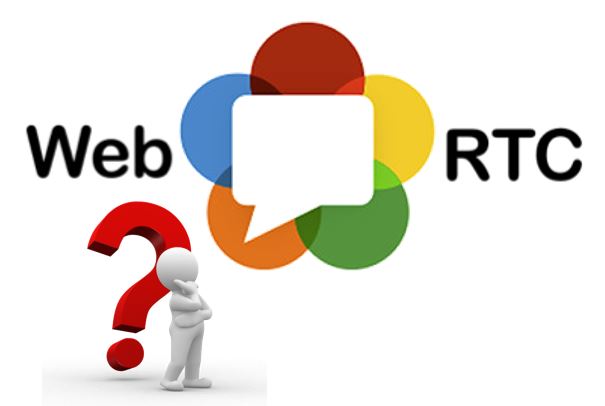What Is WebRTC (Web Real-Time Communications)?
Communication has grown in leaps and bounds. Gone were the days when you had to wait for ages to get a message across let alone to get feedback. This is the age of real-time communication. This refers to a set of technologies that allow for live transmission of information without any delays.
Real time communication is instant; there is very minimum or no latency. This revolutionary technology has been adopted by and wide and the World Wide Web is no exception. Enter WebRTC and you have Real Time Communication in the browser.

So what is WebRTC?
WebRTC is a framework that enables Real Time Communication on the browser via the web. The technology includes web based high quality communication that incorporates the use of voice and video as would be used in chat applications.When implemented in the various kinds of browsers available,these components can be accessed through JavaScript API. This enables developers to independently implement their own Applications for RTC.Why should anyone use WebRTC?
There are more reasons than one as to why you should use WebRTC to build your next video-chat application,here are some you would like to consider;
- If the core technologies of the web are open and free to implement. Such technologies include HTTP,HTML and TCP/IP. Presently,there is no free,high-quality and comprehensive solution to enable communication in the browser using these technologies. It is only WebRTC that enables this.
- Google doesn’t charge any royalties whatsoever on WebRTC. This is because WebRTC is integrated with the best voice and video that have been used on several endpoints in the past.
- Web developers can use protocol of their choice because WebRTC capitalizes on the strength of the particular browser. This means that you can have WebRTC for your convenience regardless of the browser that you prefer.
- WebRTC is deigned to abstract and include key NAT and firewall bypass technology using ICE,STUN,RTP-over-TCP,and TURN. WebRTC also includes built in support for proxy.
Components that are included in the WebRTC package
- Audio. WebRTC comes packed with everything necessary for audio communications. This includes key codecs in addition to other components that make for a pleasant user experience. These include Automatic Gain Control,Acoustic Echo Cancellation,noise suppression,noise reduction and hardware access and control on different platforms.
- Video. WebRTC includes components that hide packet loss and takes care of noisy images while supporting playback capabilities on different platforms.
- Network. WebRTC has components (jitter buffers) that enable the mitigation of unavailable networks and packet loss. These components also help establish peer-to-peer connectivity using ICE,RTP-over-TCP and TURN and support for proxies.
Who owns WebRTC?
WebRTC is an entirely open source project that is supported by the major browsers i.e. Chrome,Firefox and Opera Mini. All the underlying protocols and the API are jointly developed at the IETF and W3C.
Since the API on which the WebRTC project is based is under development,the project is subject to change. However there is hope that there will be a stable API once key browser vendors have done their due diligence. The components under the API layers can always be modified; something that will enable users to experience improved quality,feature and performance test.
In order to construct WebRTC into a software application,it is necessary to have a proficiency in programming. When it however comes to the usage of JavaScript APIs that bring in WebRTC into the browser,one will only require conventional web development skills.
Many software application frameworks,video and voice codecs necessitate that end-users,distributors and developers pay some form of patent royalties to make use of intellectual property within a codec or software. Google however doesn’t charge any form of royalties for WebRTC or any of its components including the supported codecs. This make WebRTC free to use.
When you acquire the WebRTC license,you can use the WebRTC without any major restrictions. The code can be used in both open source and proprietary software. You are not required to divulge any source information whenever you make any changes; you are however invited to submit patches for reviews and possible incorporation if you so wish.
The bottom line
WebRTC is designed to enable the development of rich,high quality of real time communication application for browsers,IoT (Internet of Things) devices and mobile based platforms.